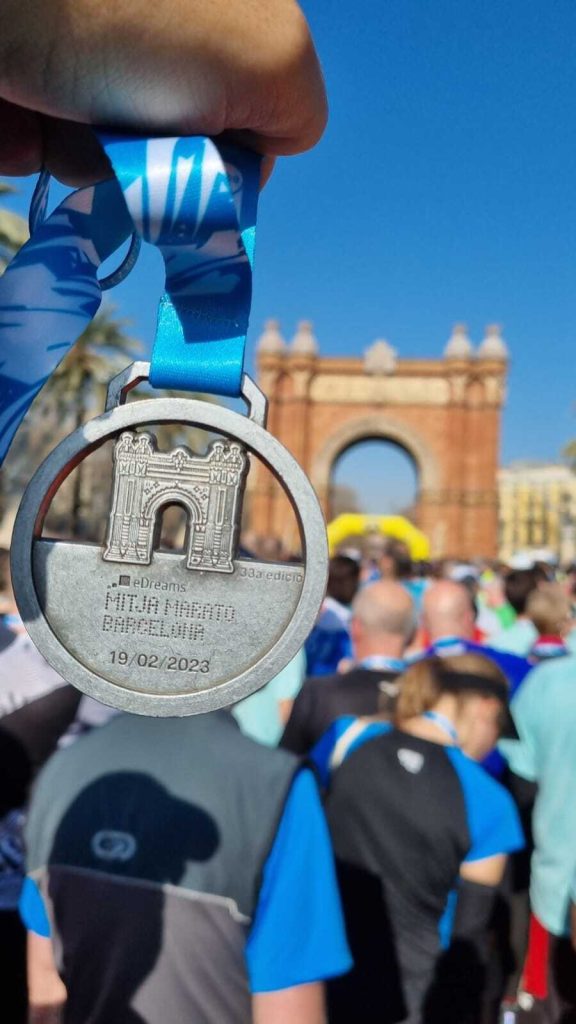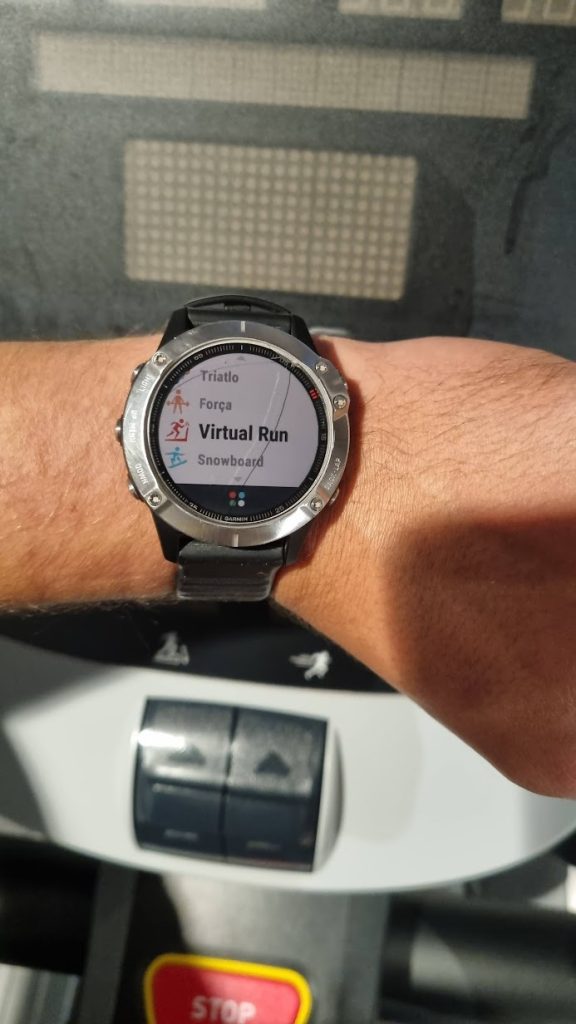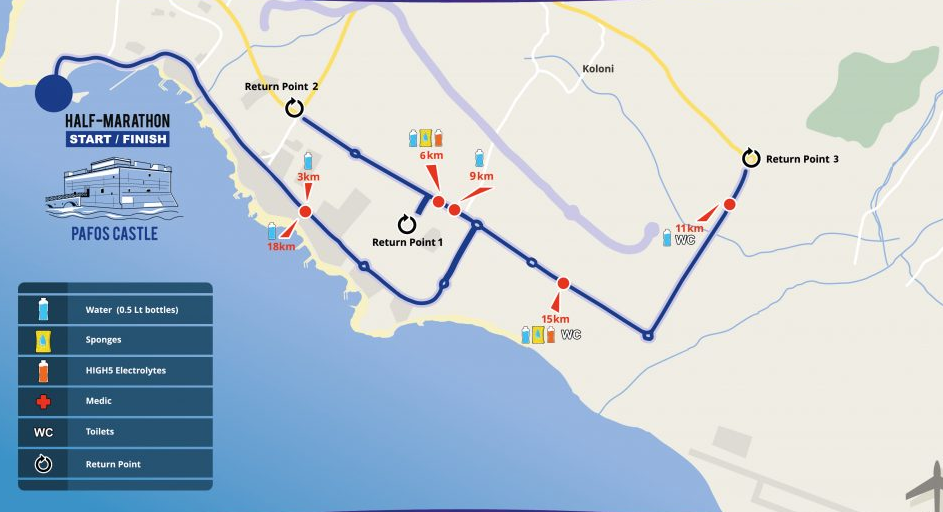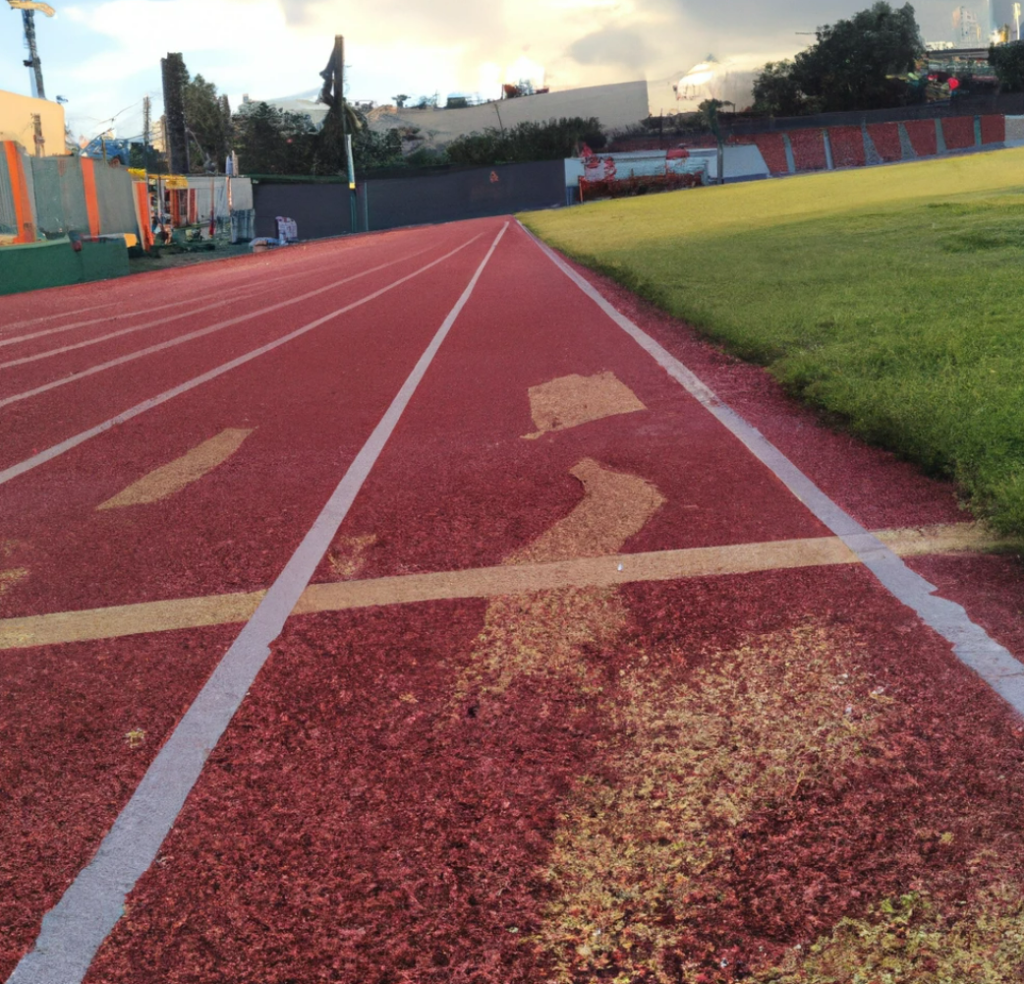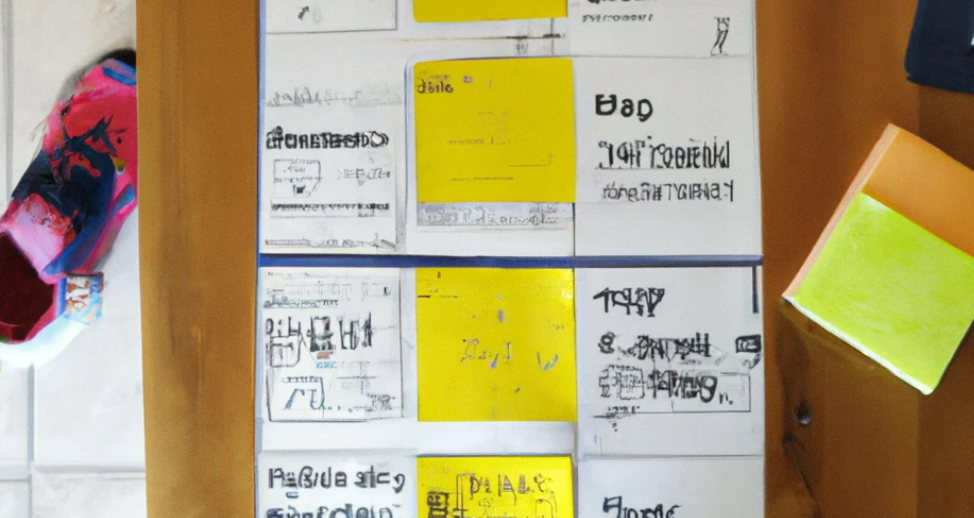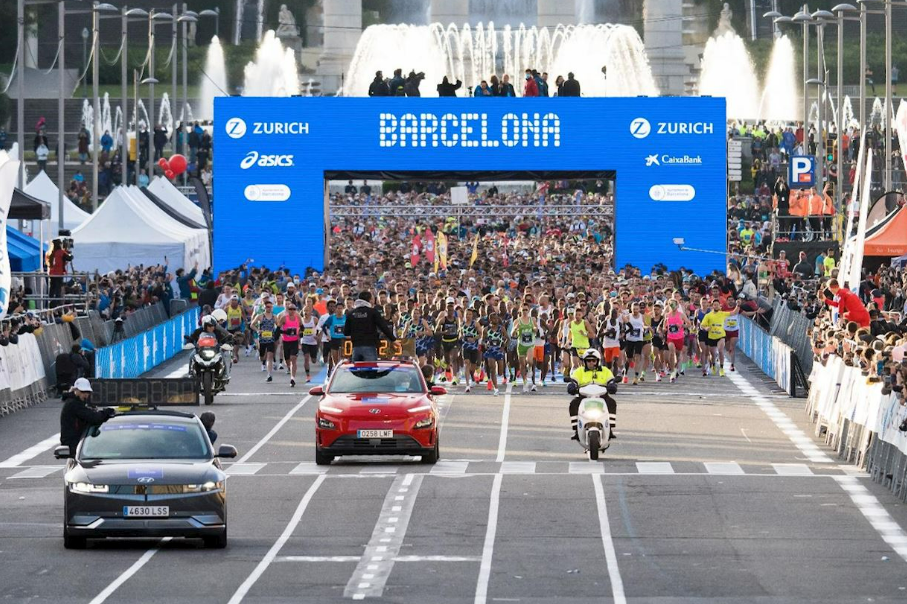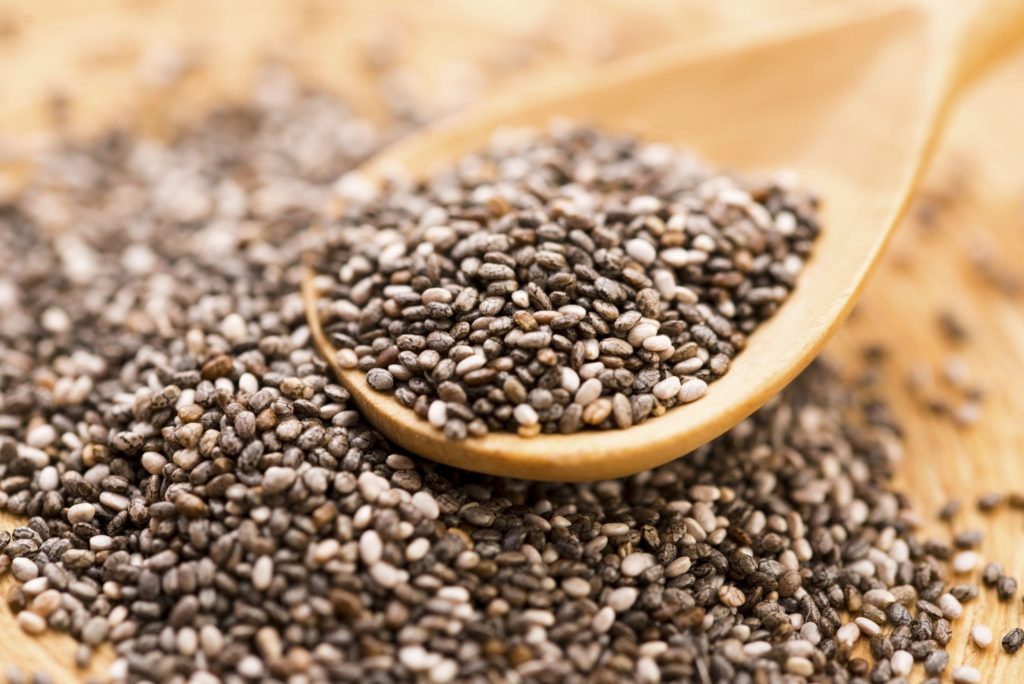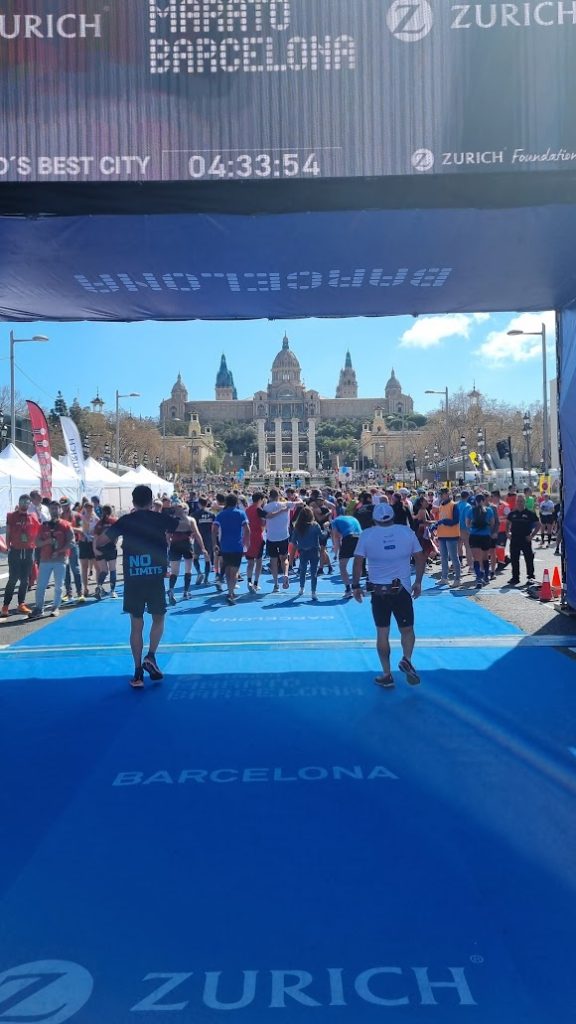Hello, fellow runners! Are you gearing up for the BMW Helsinki Marathon on August 24, 2024, and feeling a mix of excitement and nerves? You’re not alone! As someone who’s been through the highs and lows of marathon training, I know exactly what you’re going through. In this blog post, we’re diving into some essential tips to help you prepare for this iconic race. From navigating the picturesque yet challenging course to fine-tuning your nutrition and gear, I’ve got you covered. So, lace up your running shoes and let’s get started on making your Helsinki Marathon experience unforgettable!
Have you ever wondered what makes the Helsinki Marathon so special? Maybe it’s the stunning coastal views, the vibrant city atmosphere, or the thrill of crossing the finish line after months of hard work. Whatever your motivation, this guide is here to ensure you’re fully prepped and pumped for race day. Stick around, because by the end of this post, you’ll feel more confident and ready to tackle those 42.2 km with a smile on your face. Let’s dive in and start this journey together!

My preparation for Helsinki Marathon
When it comes to preparing for the Helsinki Marathon, I’ve found that a balanced approach works best for me. My training plan focuses heavily on volume to ensure that I can finish the marathon strong. By gradually increasing my weekly mileage, I’m able to build the endurance necessary for those grueling 42.2 kilometers. But let’s be real—running alone can get monotonous, which is why I incorporate cross-training into my regimen. Whether it’s swimming, which I swear by (check out my post on Swimming for Runners), or indoor cycling, variety keeps my workouts fresh and engaging.
Here’s a breakdown of what my typical training week looks like:
- Monday: Rest or light yoga for flexibility.
- Tuesday: Interval training (5-6 miles).
- Wednesday: Cross-training (swimming or cycling).
- Thursday: Tempo run (8-10 miles).
- Friday: Rest or easy run (3-4 miles).
- Saturday: Long run (15-20 miles).
- Sunday: Cross-training or active recovery.
By mixing in different forms of exercise, I’m not only avoiding the risk of overuse injuries but also keeping my motivation high. Plus, cross-training activities like swimming and cycling help to strengthen different muscle groups that are crucial for running efficiency. If you’re curious about how to level up your cross-training game, especially indoor cycling, my post on Zwift workouts is a must-read. Trust me, the variety will make all the difference when you hit those tough stretches of your marathon training.
Optimal Nutrition Strategies for Marathon Day
Your nutrition strategy can make or break your performance. Have you ever wondered why some runners hit the dreaded ‘wall’ while others breeze through to the finish line? The secret often lies in how well they’ve fueled their bodies. To ensure you have the energy to power through those 42.2 km, let’s talk about the optimal nutrition strategies you should follow on race day. First off, start your morning with a balanced breakfast that includes a mix of carbohydrates, protein, and a bit of fat. Think oatmeal topped with bananas and a spoonful of peanut butter, or a whole-grain bagel with a side of Greek yogurt. These foods will provide you with sustained energy without weighing you down.
Hydration is just as crucial. Did you know that even a small level of dehydration can significantly impact your performance? Make sure to drink water regularly in the days leading up to the marathon. On race day, aim to drink about 16-20 ounces of water two hours before the start. During the race, take advantage of the water stations, even if you don’t feel thirsty. If you’re unsure how much to drink, a good rule of thumb is to consume about 4-6 ounces every 20 minutes. And don’t forget about electrolytes! Consider sipping on a sports drink or carrying electrolyte tablets to keep your levels balanced. For more tips on staying hydrated, check out my post on summer training and hydration.
As you approach the final week before the marathon, start incorporating more carbohydrates into your meals. This practice, known as carb-loading, helps to maximize your glycogen stores, which are essential for endurance events. Aim to get about 70% of your daily calories from carbs. Pasta, rice, potatoes, and fruits are excellent choices. And if you’re looking for a protein boost to aid muscle recovery, consider adding whey protein to your diet. I’ve written about the benefits of whey protein for runners, and it could be a game-changer for you.
Remember, everyone’s body reacts differently, so it’s essential to test your nutrition plan during your training runs. This way, you’ll know exactly what works best for you and avoid any race-day surprises. Stick to familiar foods and drinks that your body is used to, and you’ll set yourself up for marathon success. Good luck, and I’ll see you at the finish line!
Essential Gear for the Helsinki Marathon
When it comes to preparing for the Helsinki Marathon, having the right gear can make all the difference. Picture this: you’re cruising along the beautiful coastal paths, the fresh sea breeze in your hair, and the last thing you want is to be distracted by uncomfortable shoes or a watch that’s not up to par. Trust me, I’ve been there, and I can’t stress enough how crucial it is to gear up properly. So, what should you be wearing and carrying on race day? Let’s break it down.
First off, your running shoes are arguably the most important piece of gear. If you haven’t already, invest in a pair that offers the right balance of cushioning and support for your stride. I’ve personally found the Hoka Carbon X3 to be a game-changer, offering both comfort and performance over long distances. Next, consider your running attire. Opt for moisture-wicking fabrics to stay dry and comfortable—trust me, there’s nothing worse than chafing halfway through the race! For your tech needs, the Apple Watch Ultra has been a reliable companion for me, providing real-time stats and keeping me motivated with its sleek design and functionality.
Don’t forget the little things that can make a big difference. Compression socks can help reduce muscle fatigue, and a good running belt will keep your essentials like gels, a phone, and keys secure without bouncing around. Hydration is key, so consider a handheld water bottle or a hydration vest, especially if you prefer sipping water throughout the race rather than relying solely on the water stations. And finally, sunscreen and a good pair of sunglasses will protect you from the sun’s rays, ensuring you can focus on the race and enjoy those stunning Helsinki views. Gear up wisely, and you’ll be that much closer to an unforgettable marathon experience!
Travel, run and enjoy
Have you ever thought about how marathons can be a gateway to exploring new places and immersing yourself in different cultures? Running the Helsinki Marathon is not just about the race itself; it’s also a fantastic opportunity to travel, meet new people, and experience the local Finnish culture. Picture this: after months of training, you’re not only crossing the finish line but also discovering the scenic beauty of Helsinki, enjoying its vibrant atmosphere, and savoring local delicacies. It’s a win-win situation where you get to combine your passion for running with the joy of travel.
For instance, when I participated in the Vilnius Half Marathon, it wasn’t just about the race. It was also about exploring the historic city of Vilnius, its architecture, and its rich history. Similarly, the Cyprus Marathon offered a unique blend of running along beautiful coastlines while soaking in the Mediterranean culture. The Helsinki Marathon can provide a similar enriching experience. Here are a few tips to make the most out of your marathon travel:
- Plan Ahead: Research the local attractions, food, and events happening around the marathon date. This way, you can plan your itinerary to include sightseeing and relaxation post-race.
- Connect with Locals: Join local running groups or forums to get insider tips on the best places to visit, eat, and unwind. Locals can offer valuable insights that you won’t find in typical travel guides.
- Embrace the Culture: Take some time to learn about Finnish customs and traditions. Whether it’s trying a traditional sauna or sampling some Finnish cuisine, these experiences will make your trip even more memorable.
Combining your marathon goals with travel adventures not only enriches your experience but also provides a mental boost. Knowing that you’ll be exploring a new place can serve as a great motivator during those tough training runs. So, as you prepare for the Helsinki Marathon, remember that it’s more than just a race. It’s an opportunity to travel, run, and truly enjoy everything this beautiful city has to offer. Happy running and happy travels!
Mental Preparation for Marathon Success
Preparing mentally for a marathon is just as crucial as the physical training, especially for a race as iconic as the Helsinki Marathon. Picture this: it’s the morning of August 24, 2024, and you’re standing at the starting line, feeling a blend of excitement and nerves. The key to transforming those jitters into positive energy lies in your mental preparation. One of the first steps is visualization. Take some time each day to imagine yourself running the course, soaking in the stunning coastal views, and feeling the vibrant city atmosphere. Visualizing your success can significantly boost your confidence and keep you focused on race day.
Another essential aspect of mental preparation is setting realistic goals. It’s important to have a clear and achievable target in mind. Whether it’s completing the marathon within a specific time or simply crossing the finish line, having a goal will help you stay motivated throughout your training. Additionally, practice positive self-talk. Replace any negative thoughts with affirmations like, “I am strong,” “I am prepared,” and “I can do this.” This simple shift in mindset can make a world of difference when you’re pushing through those tough miles. Don’t forget to also prepare for the unexpected. Have a mental strategy for dealing with potential setbacks, whether it’s a sudden change in weather or an unexpected cramp. Being mentally ready for these challenges will help you stay calm and focused, no matter what race day throws at you.
Lastly, remember to enjoy the journey. Marathon training is a long and often grueling process, but it’s also incredibly rewarding. Celebrate your progress, no matter how small, and take time to appreciate the beautiful moments along the way. After all, the Helsinki Marathon is not just about the race itself; it’s about the entire experience, from the first training run to the moment you cross the finish line. Embrace the highs, learn from the lows, and keep your eyes on the prize. You’ve got this!

